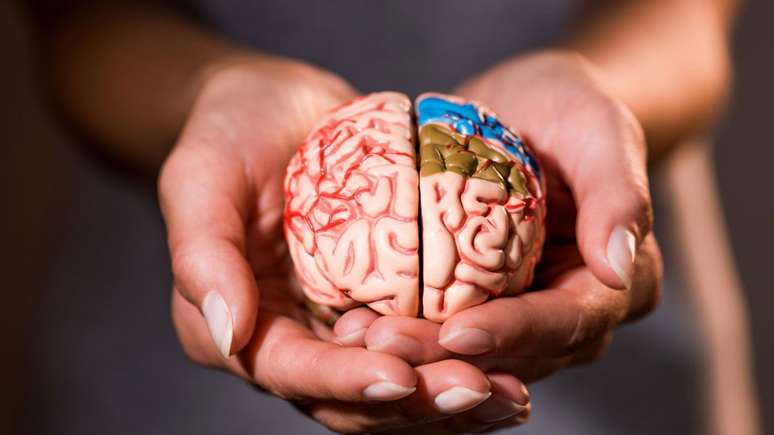A recent study conducted by Brazilian researchers has revealed new biological aspects associated with suicide, broadening the understanding of this complex mental condition. Research has identified dysregulations in the brain’s prefrontal cortex and possible biomarkers in the blood, advances that could provide new insights into diagnosis and treatment.
By analyzing the brains of individuals who have or have not attempted suicide, the study uncovered specific markers in the limbic system, responsible for emotional control. According to the professor, this innovative approach could open new avenues for more effective treatments Manuella Kaster, from the Federal University of Santa Catarina, in Folha de São Paulo. “It’s important that people know that this is a condition that can be managed”he underlined.
What are the biological aspects involved in suicide?
Suicidal behavior is a complex phenomenon in which multiple factors are involved. The Brazilian study particularly highlighted dysregulations in the prefrontal cortex and changes in glial cells, particularly astrocytes, which are crucial to the inflammatory response in the brain. These biological factors may therefore play a significant role in susceptibility to suicide.
Research has also highlighted dysregulations in pathways associated with various psychopathologies, such as depression. Identifying these connections is critical to distinguish between related psychological conditions and promote the development of specific therapies.
💛 Attention everyone! The Yellow September website managed by #CVV AND https://t.co/NOdyJnktvM. There you can inform yourself, support suicide prevention and find materials to share. Together we can break taboos more safely #YellowSeptember #SuicidePrevention pic.twitter.com/zW4GcrpwJv
— CVV (@CVVoficial) August 30, 2024
How does the environment influence suicidal ideation?
In addition to biological factors, the environment in which an individual is placed also has a substantial influence on suicidal ideation. Experiences of childhood trauma, early life stress, and social isolation are associated with lasting effects. Protective factors, such as good family relationships and social support, are essential to mitigate these risks.
A European study with 3,000 participants correlated suicidal ideation with factors such as childhood trauma and symptoms of attention deficit hyperactivity disorder (ADHD), as well as psychotic experiences and depression. These findings reinforce the need to consider both distal and proximal factors when assessing suicide risk.
What are the practical implications of these findings?
The results of the study open new perspectives for the treatment and prevention of suicide. Identifying biomarkers in the blood can enable more accurate testing, while understanding biological and environmental factors can guide the development of personalized interventions.
Despite the progress, researchers warn of limitations of the studies, such as the limited number of participants. However, the potential for faster and more objective diagnoses, along with new therapies, raises hope for significant improvements in the management of this condition.
It is worth noting that seeking appropriate and timely help is crucial to preventing suicide. Institutions such as the Vita Alere Institute and the Brazilian Association of Suicide Survivors offer valuable support through support groups and information material. An important resource is also the CVV (Life Evaluation Centre), which provides free and anonymous emotional support by calling 188.
Source: Terra
Rose James is a Gossipify movie and series reviewer known for her in-depth analysis and unique perspective on the latest releases. With a background in film studies, she provides engaging and informative reviews, and keeps readers up to date with industry trends and emerging talents.





